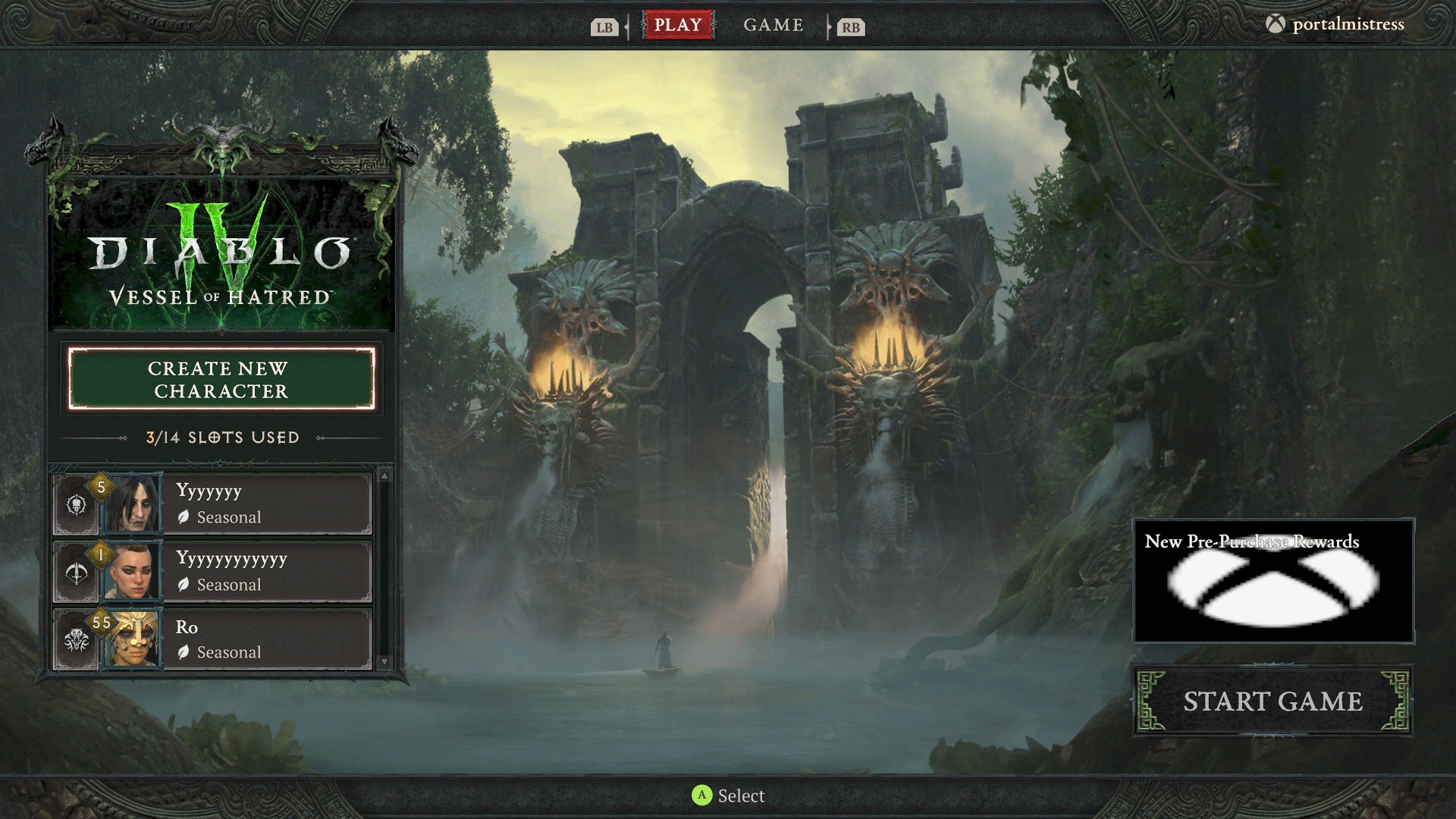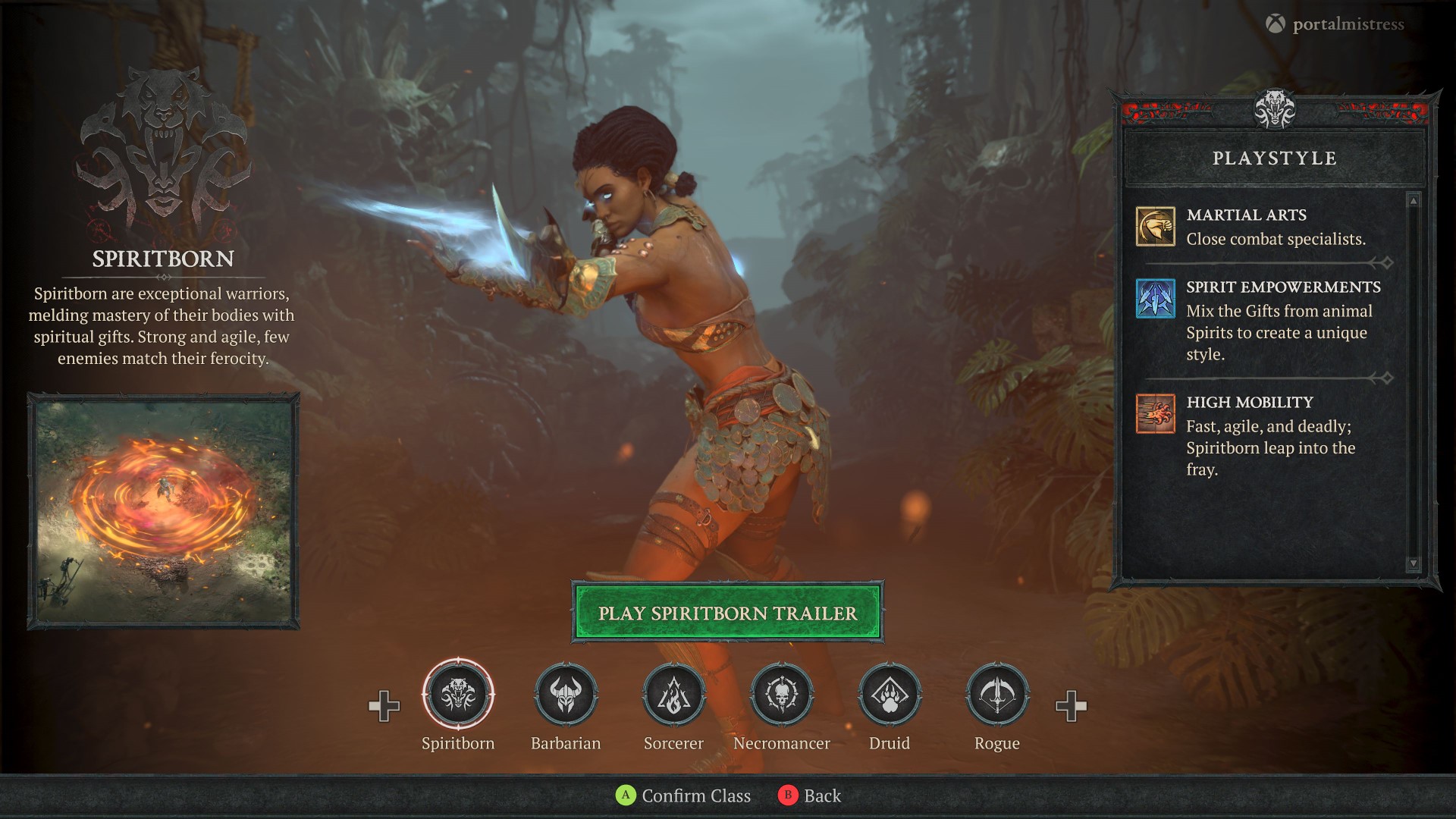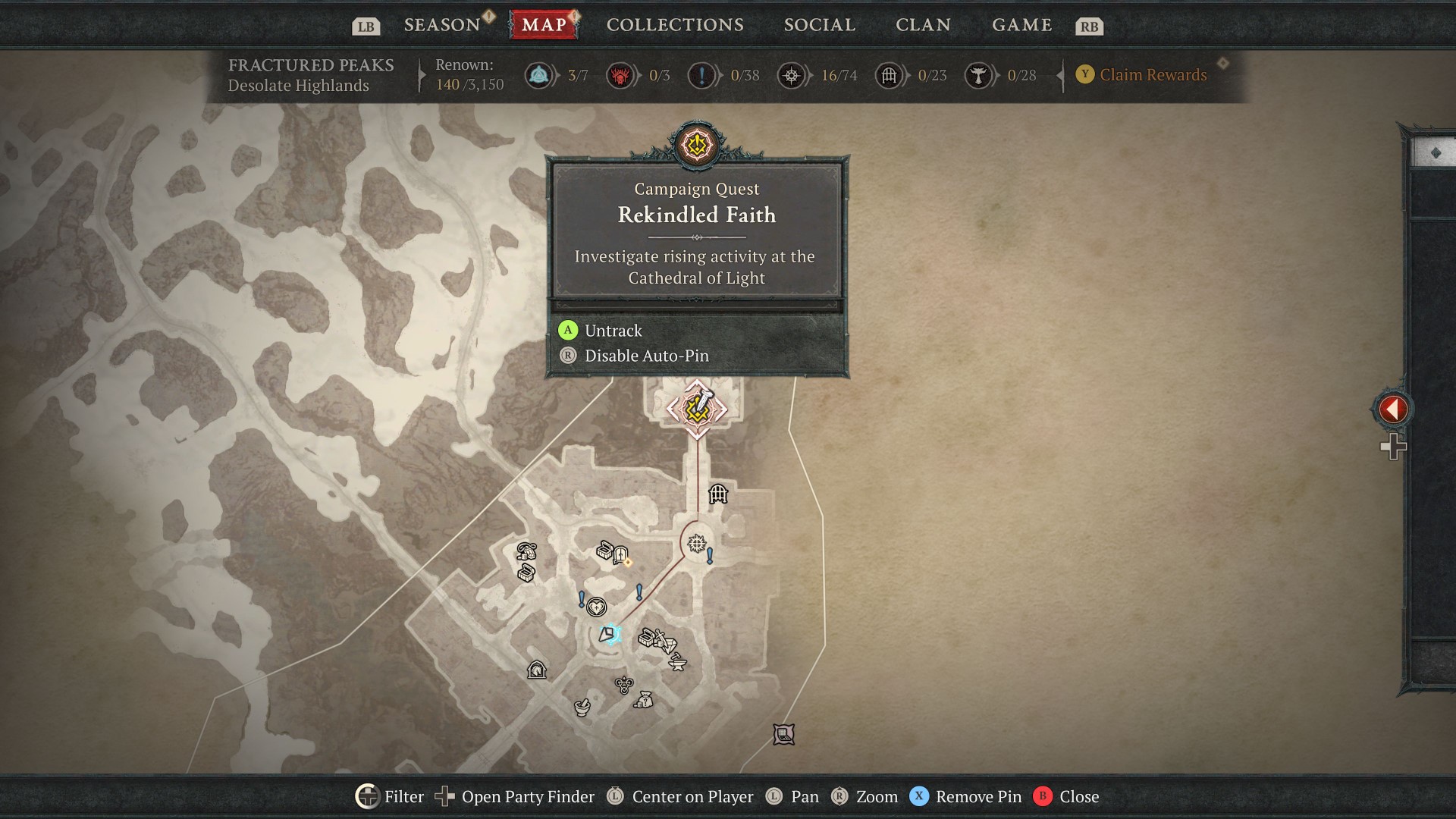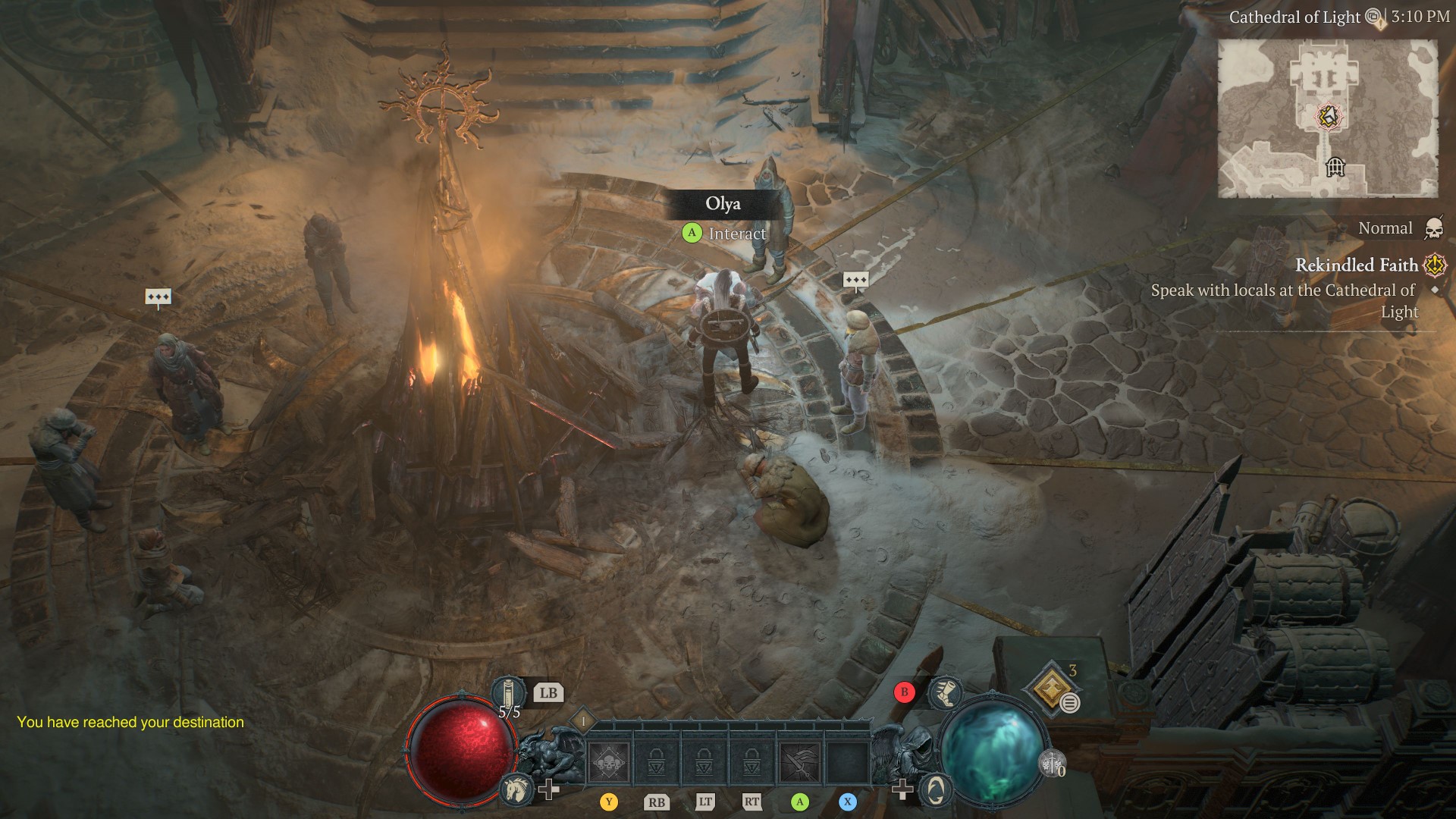Diablo 4: Vessel of Hatred launches today and hopefully you’ve already taken advantage of the pre-download period and got it ready to go. The first expansion for Diablo 4 does through some different options at you during the character creation stage so if you are starting anew, you may not know what to choose. Here’s our guide to starting the expansion whether you are an Eternal or Seasonal player.
Firstly, you need to have both the Diablo 4 base game installed, and Diablo 4 Vessel of Hatred and both of these be up to date. If you are an Xbox Game Pass player, you do not need to have purchased the base game but you do need to have purchased the expansion. Having done all of this you should see the loading screen when you open your game for Vessel of Hatred.
Step 1: Create a character
If you want to play as the new Spiritborn class, or want to play a Seasonal Character, you’ll need to start a brand new character and you can play Vessel of Hatred from level 1. Don’t worry, you will level up fast! After changing the look of your character, when you finalize you’ll be presented with a screen to name your character and choose if you want them to be Seasonal. Additionally, you can tick the ‘Hardcore’ box which will mean your character is gone permanently if they die. This is for the most ‘hardcore’ players only!
Should I create a Seasonal or Eternal character to play Diablo 4?
Vessel of Hatred starts with Season 6: Season of Hatred Rising. If you’re unsure about participating, create a Seasonal character. This way, you can decide later if you want to engage with the extra content and earn rewards. At the end of the season, your Seasonal character will become Eternal, allowing you to continue playing without missing out on any seasonal rewards. Starting with an Eternal character now will lock you out of these benefits, so it’s best to start with a Seasonal character.
Xbox controller deals: Amazon | Razer | Dell | Best Buy | Walmart
2. Change Campaign State
There is a red button to choose what Campaign State your game will start in. To skip the original story of Diablo 4 and jump straight into Vessel of Hatred expansion content, choose the second option ‘Start with Vessel of Hatred Campaign’. You will then be prompted to select a difficulty, which if you are only returning after playing at launch I recommend Normal. I have a full guide to Difficulties in Diablo 4 here.
An unskippable cut scene will now play which summarizes the story of Diablo 4 and events leading up to the current expansion.
This will finish with the cutscene you saw in the Vessel of Hatred trailers, of Neyrell sailing into Nahantu. This scene can be skipped if you wish (by why would you!)
3. Start the Campaign Quest in Kyovashad
When your game loads in, you won’t be straight in the jungle, you’ll be in Kyovoshad. To start the new campaign quest you’ll be directed to a marker for ‘Rekindled Faith’ outside the Cathedral of Light. Head there and talk to Olya. If you are playing an Eternal Character, simply go to Kyovoshad and find this quest.
Talking to Olya will start another cut scene and your journey into the Vessel of Hatred story campaign. All campaign quests are marked in Yellow and Purple.
If you started a Seasonal Character, you may see quests marked in Blue. This is the Season 6 quests and can be ignored for the time being, until you are ready to start Season 6 activities.









